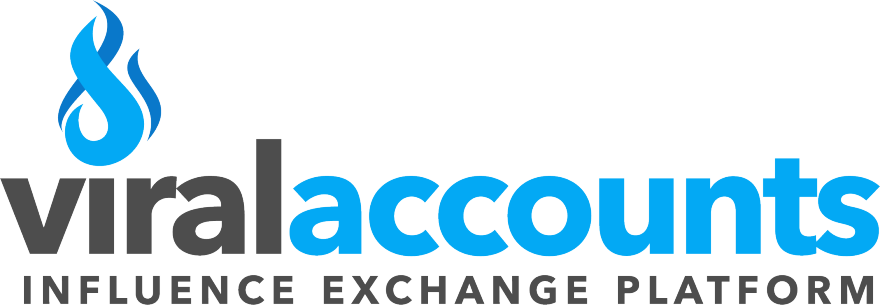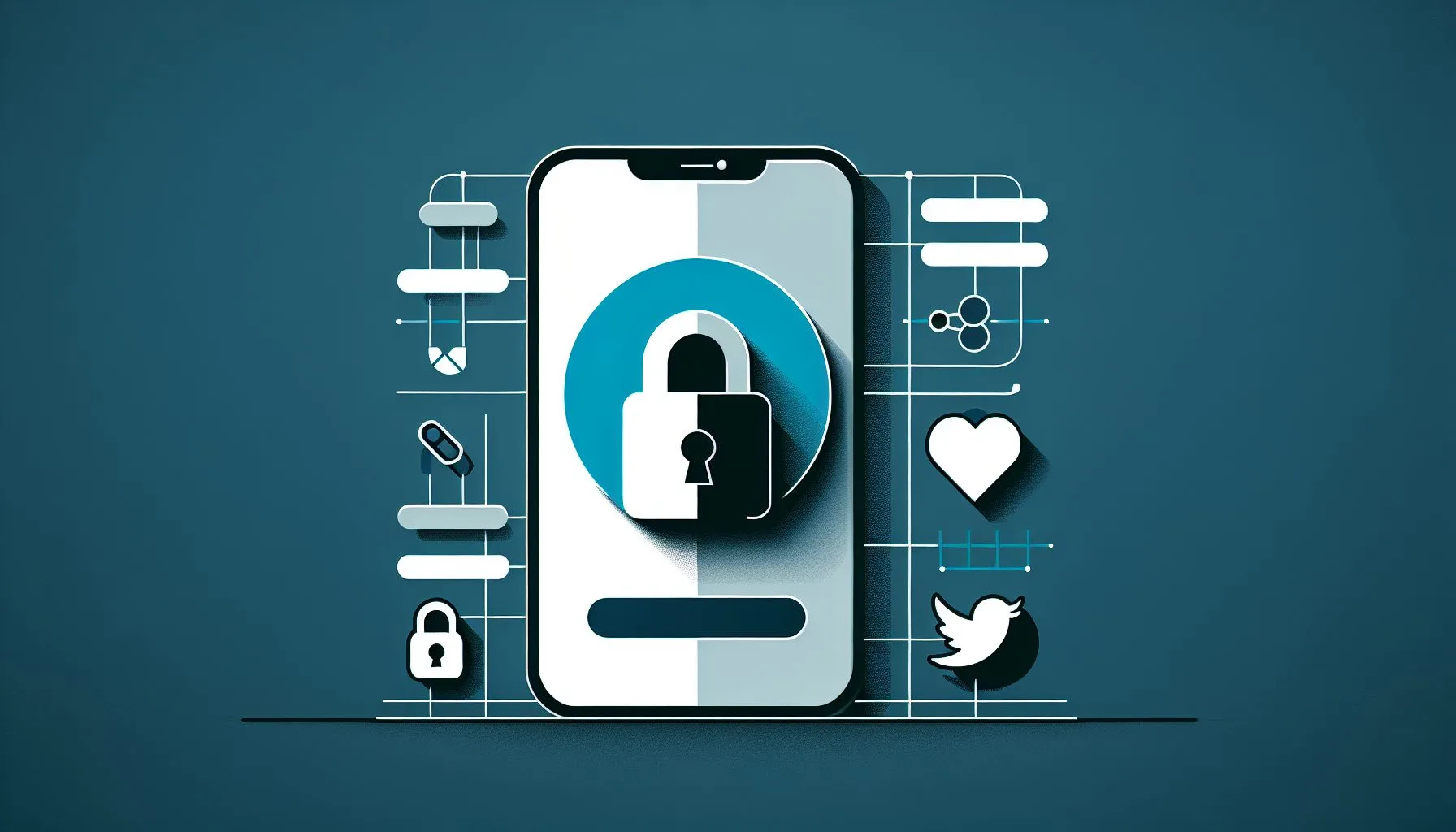Interesting Facts
There’s a certain freedom in sharing your thoughts on Twitter. Yet sometimes, you want to keep your words within a close circle—a cozy place where your voice isn’t broadcast to the entire world but shared intimately with those you trust. So, how do you use Twitter in private mode, truly taking control over who sees your tweets and limiting the digital footprint you leave behind? This question has grown ever more important as concerns about privacy and personal data multiply in 2024.
Can You Actually Make Your Twitter Account Private?
Let’s start with the heart of the matter: can you make your Twitter account private? The answer is a definite yes. Despite its reputation as an open-for-all platform, Twitter offers a solid private mode for users who want to safeguard their tweets. This feature, called “Protect Your Tweets,” switches your account from public to private, meaning only approved followers can see your tweets. Photos, links, and thoughts are all kept behind a virtual curtain, shared only with the circle you choose.
This isn’t a secret facility buried deep in the app, nor a setting that requires tech wizardry. On your phone, tap your profile icon in the Twitter app or on the website. Then select “Settings & Support.” Inside the menu, head to “Settings and Privacy,” your personal control room for tweaking your experience. Scroll down to find “Privacy and Safety.” Nestled among controls like who can tag you or message you, you’ll spot “Protect Your Tweets.”
Activating it is simple: just toggle the switch to “on.” From now on, new followers must get your blessing before seeing your tweets. Don’t worry—your existing followers stay as they are, so you won’t suddenly lose your current audience. You’ve just drawn a clear line, a filter that only lets invited guests in.
Diving Deeper Into Twitter Privacy
But the story doesn’t end with simply protecting your tweets. Twitter’s privacy options go much further. Within “Privacy and Safety,” you can dial down how much Twitter tracks your data and uses it to serve ads or tailor content recommendations. In a world where digital tracking is often invisible, these settings act like closing the curtains—keeping your preferences and habits private.
For example, you can limit Twitter’s interest-based ads or stop it from personalizing your experience based on your activity elsewhere online. It’s a small but meaningful way to tame the sprawling data ecosystem that exists behind platforms. Think of it as adding locks not just to your front door but to the windows and back gate as well.
For full details on making your Twitter account private, visit this comprehensive guide to making Twitter private, which walks you through the ease and steps involved.
Controlling Your Digital Footprint
Managing Twitter’s privacy settings is part of a larger digital mindfulness — a conscious approach to what we broadcast and whom we trust with our information. It means thoughtful decisions on who can see your tweets, who can message you, if others can discover your account via your email or phone number, and whether your location is shared.
Picture this: your private Twitter is like hosting a small gathering in your living room, where everyone leans in to listen closely. The default public Twitter is more like standing in the middle of a busy street shouting your thoughts for anyone to hear. By turning on “Protect Your Tweets,” you move from the noisy crowd to an intimate setting, welcoming only those you approve.
But privacy isn’t just about who hears you; it’s also about the trails you leave behind. That’s why revisiting data tracking settings is just as crucial. Limiting personalization and ad tracking reduces the digital breadcrumbs algorithms use to build profiles about you—profiles that can feel intrusive and controlling.
Curious about how to adjust these settings practically? Check out this guide to making your Twitter account private that highlights essential privacy tweaks and controls on Twitter.
Repeat the Ritual of Privacy Checks
One way to keep your online life under control is to make privacy settings checks a regular ritual. Like locking your doors every night—even in a safe neighborhood—this routine keeps your digital home secure. Platforms often adjust their policies or add new privacy tools without much fanfare, so staying updated pays off.
The Benefits of Going Private on Twitter
Once you embrace private mode and tweak your settings, you might find a fresh sense of confidence online. Sharing becomes less a performance for an unknown crowd and more a conversation among trusted friends. Your feed feels less cluttered, notifications become more relevant, and your screen time often turns into an experience you look forward to instead of one you endure.
However, privacy comes with trade-offs. For example, making tweets private limits your visibility and can affect how fast you grow your follower base or how easy it is for others to retweet your content. Some weigh this carefully, balancing the desire for privacy with the need for a wider reach. This balance is deeply personal.
For professional services related to Twitter, including account sales and management, consider exploring the professional services available at ViralAccounts to see how experts can assist.
Keep in Mind: Private & Anonymous
It’s important to understand that making your account private doesn’t make you invisible. Twitter still collects data as described in their privacy policy. So, the best bet for enhanced privacy is combining “Protect Your Tweets” with limiting data tracking options and controlling your discoverability.
A More Detailed Look Into Twitter Privacy Nuances
Even with “Protect Your Tweets” enabled, certain basic profile info remains public—your username, profile photo, and bio still show up in searches and profile views. This transparency helps others find you and request to follow but reminds us that perfect privacy on social media is hard to achieve.
Tweets you posted before enabling private mode don’t vanish from timelines or search engines if others reshared or embedded them. That means private mode is more of a forward-looking shield than an eraser of past posts.
Also, consider auditing your followers regularly. Approving followers becomes an ongoing process, like inviting people into your living room—removing those who no longer fit your comfort zone is completely okay.
Direct Messages and Discoverability Controls
Twitter lets you decide who can send you direct messages (DMs), adding another guardrail to your online experience. Pair that with private tweets, and you build a layered defense where you can connect authentically without feeling exposed.
For even tighter controls, you can limit whether people can find your account via your email address or phone number. By disabling these discoverability features, you reduce chances of being found through contact syncing, a feature many overlook but is key for controlling your online footprint.
Mobile vs. Desktop Privacy Experience
Wondering if privacy works differently on mobile or desktop? The core features are the same, though the layout can vary. Mobile apps often offer a streamlined Settings and Privacy menu for easier access, ideal for casual users. Desktop interfaces give a broader view but house the same essential tools. Regardless of device, privacy can be managed with ease.
Interactions and Protected Tweets
Even with protected tweets, some interactions remain semi-public within your follower base. For example, likes or replies from approved followers don’t make tweets public. Quoting a protected tweet requires explicit approval, maintaining your privacy boundary.
Stay Informed and Customize Your Experience
Because social media evolves constantly, staying informed through official Twitter announcements or privacy news helps avoid surprises. New privacy tools or policy changes can appear quietly, so being proactive is part of digital self-care.
Beyond privacy toggles, Twitter offers safety features like muting certain words, blocking harassing accounts, or customizing notification preferences. While not directly about private mode, these tools contribute to a safer, more pleasant Twitter experience—one that complements your privacy efforts.
Summing It Up: Privacy Is a Continuous Practice
Using Twitter in private mode in 2024 isn’t just about flipping a switch. It’s about understanding your options, making thoughtful decisions, and revisiting settings regularly. Protect your tweets, limit data tracking, control how people can find you, and curate your followers actively. These steps help create a space where you hold the reins, where your voice can breathe comfortably.
If nothing else, remember this: privacy isn’t a one-time event; it’s a daily commitment to yourself in a world full of noise. Twitter provides the tools—you just have to choose to use them.
Ready to Step Into Your Private Twitter Space?
Next time you open Twitter, head to your “Privacy and Safety” settings, try out “Protect Your Tweets,” and explore data tracking options. Your private Twitter corner is waiting, just a few taps away.
This deeper understanding and expanded guidance bring you from simply knowing whether you can make your Twitter account private to confidently managing every aspect of your digital presence. As you navigate Twitter’s privacy settings in 2024, remember it’s less about hiding and more about choosing who sees your voice. In doing so, you reclaim control of your online story—one tweet at a time.
Can I switch my Twitter account to private anytime?
Yes, you can enable ‘Protect Your Tweets’ anytime through the ‘Privacy and Safety’ settings to make your account private and approve followers.
Does making my Twitter account private stop Twitter from collecting my data?
No, making your account private limits who sees your tweets but Twitter still collects data as outlined in their privacy policy. Limiting data tracking in settings helps enhance privacy.
Can people still find my Twitter account if it is private?
Basic profile info like username and bio remain public, and discoverability via email or phone can be disabled to limit how easily people find you.

